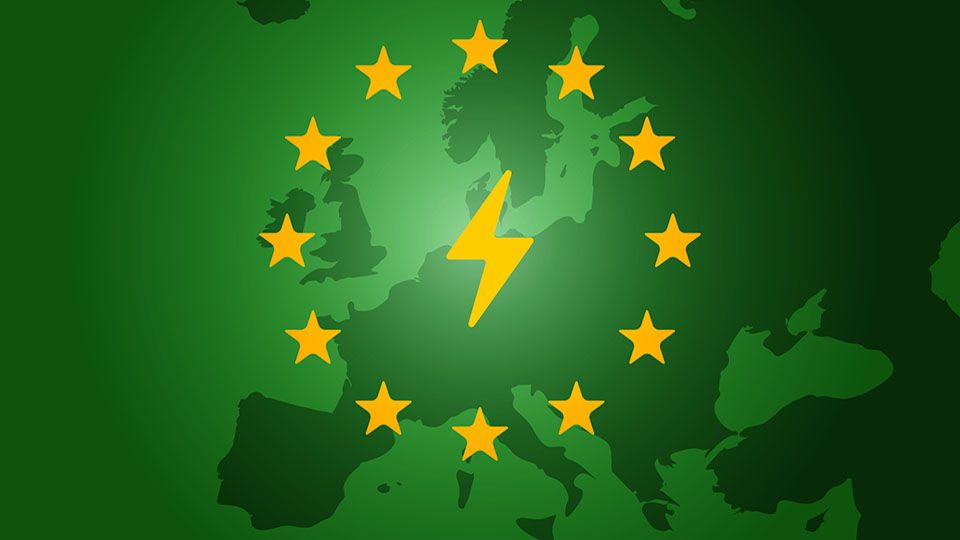ESG ratings providers will need to seek approval to ensure they comply with transparency requirements under rules that were provisionally agreed by the European Council and European Parliament this week.
Lawmakers announced on 5 February they had agreed the regulation of ESG ratings activities to boost confidence in sustainable products: ESG rating providers will need to pay to be authorised and supervised by the European Securities and Markets Authority (ESMA) to ensure they meet requirements, with particular regard to their methodology and sources of information. Once formally adopted the regulation will start coming into force in 18 months’ time, a statement said.
The rules aim to strengthen the reliability and comparability of ESG ratings, the statement added, by improving the transparency and integrity of the operations of ESG ratings providers and preventing potential conflicts of interests.
See also: – ESG ratings providers must prepare to jump through regulatory hoops after latest EU proposals
In the detail
Specifically, if financial market participants or financial advisers disclose ESG ratings as part of their marketing communications, they will need to include information about the methodologies used in such ESG ratings on their website.
Looking ahead, the parties said they “foresee the possibility to provide separate E, S and G ratings” and “if a single rating is provided, the weighting of the E, S and G factors should be explicit”.
A principle has also been introduced to ensure there is a clear separation between certain activities to avoid potential conflicts of interests.
“The agreement introduces as a principle a separation of business and activities, with a possibility for ESG ratings providers not to set up a separate legal entity for certain activities, provided that there is a clear separation between activities and that they put in place measures to avoid potential conflicts of interests,” the statement said.
“However, this derogation would not apply to ESG rating providers that carry out consulting activities, audit activities and credit rating activities. ESG rating providers may nevertheless develop benchmarks if ESMA considers that sufficient measures have been put in place to address conflicts of interests.”
ESG rating providers established in the EU will need to obtain an authorisation from ESMA and those outside the EU, but wish to operate within the EU, will need to obtain an endorsement of their ESG ratings by an EU authorised ESG rating provider. This is a recognition based on a quantitative criterion or be included in the EU registry of ESG rating providers on the basis of an equivalence decision.
A “lighter, temporary and optional registration regime” has also been introduced for smaller groups – these will be exempt from paying ESMA supervisory fees and have lighter compliance, but must comply fully with after three years.
Vincent Van Peteghem, Belgian minister of finance, commented: “I welcome this agreement. Increasing investor confidence through transparent and regulated ESG ratings can have a significant impact on our transition to a more socially responsible and sustainable future.”
Reaction
Raza Naeem, financial regulation partner at Linklaters, said the developments were “yet another important milestone”.
“The EU proposals go much further than any of the other regimes we have seen internationally – given the very broad scope proposed for ‘ESG ratings’ (which could capture ESG products that don’t fall within the traditional notion of ESG ratings) and proposals that would require in-scope ratings providers to hive off and segregate certain conflicting business activities (although some useful exemptions have been introduced to limit the impact of the segregation rules).
“Non-EU ESG ratings providers will also be subject to these rules and will have to go through certain hoops to provide their ratings in the EU (endorsement by an authorised EU ESG ratings provider, recognition or equivalence by ESMA or set-up an EU authorised ESG ratings provider).
“Overall the announcement from today represents a significant development for not just providers of ESG ratings within the EU but also their users, who in some cases (if subject to SFDR, for example) will need to provide disclosures of ESG ratings used and/or will indirectly benefit from the increased regulation of their ESG ratings providers.”
Naeem’s colleague Premlata Fagan, financial regulation managing associate at Linklaters, said they are waiting for the final text to understand exactly what has been agreed – particularly on the “most controversial elements of the trialogue discussions”.
“This includes: whether the original proposal that there should be no interference with the content of ESG ratings or methodologies has survived intact; whether the Parliament has succeeded in including conditions around the use of multiple ESG ratings providers; what turnover threshold has been set for third country ratings providers; and the extent to which in-house ratings attached to financial products will be caught by the final rules.
“What we do know is that the Parliament’s proposal requiring separate E, S and G ratings to be provided (rather than a single aggregating ESG metric) has survived the negotiations – thus increasing the disclosure burden on providers. Likewise, it is understood that the final agreed rules promote the “double materiality” approach, thereby requiring explicit public disclosure of whether the delivered rating addresses both material financial risk to the rated entity and the material impact of the rated entity on the E, S and G factors, or whether it takes into account only one of these.”
ESG Clarity requested comment from EFAMA, which is also waiting for the final text to be published before issuing a statement.








